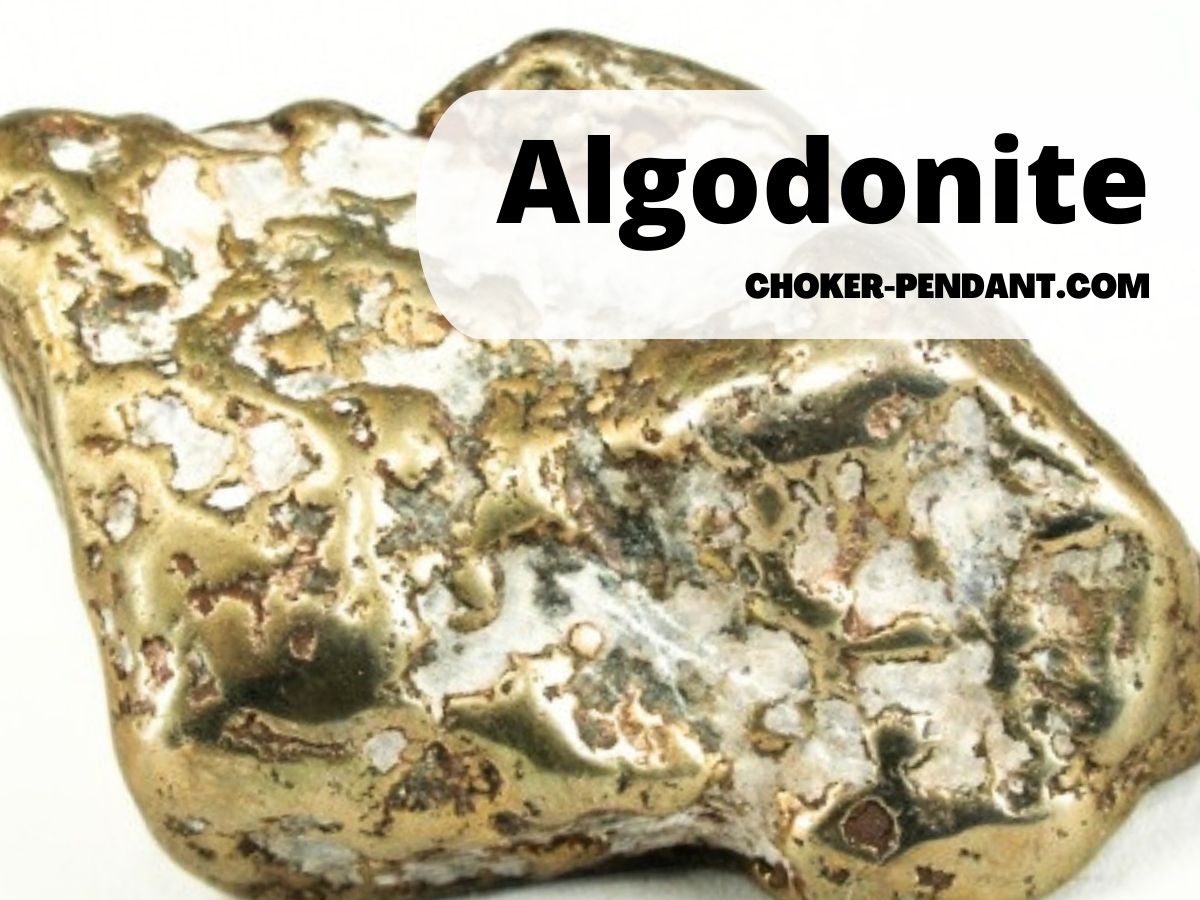Silver, known for its lustrous beauty and inherent value, has captivated human civilizations for centuries. As one of the most esteemed precious metals, silver holds a special place in our cultural heritage and modern society.
Its versatility as a material makes it ideal for jewelry, decorative objects, cutlery, and even industrial applications. However, despite its brilliance, silver is not immune to the passage of time.
Over the years, many may have noticed that silver objects often develop an unsightly black or greenish tarnish. This phenomenon has puzzled many and begs the question: why does silver turn black or green?
Brief Overview of Silver as a Precious Metal
Silver is a metal with a rich history dating back thousands of years. Valued for its rarity and aesthetic appeal since ancient times, silver has been used for adornment as well as religious and ceremonial purposes in various cultures worldwide. Its remarkable qualities include high electrical conductivity and thermal conductivity, making it highly sought after in industries such as electronics and photography.
In addition to its industrial uses, silver boasts exceptional antimicrobial properties that have led to its incorporation into medical instruments and wound dressings where preventing infection is crucial. Moreover, due to its scarcity relative to other elements on Earth’s crust – approximately 0.075 parts per million – silver has maintained considerable value throughout history.
Intriguing Question: Why Does Silver Turn Black or Green?
Despite their allure when they are pristine or freshly polished, silver objects often undergo an unwanted transformation over time: they become discolored with shades of black or greenish hues. This alteration not only detracts from their visual appeal but also raises curious questions regarding the underlying chemical reactions at play.
The transformation of silver’s appearance stems from various factors such as exposure to air pollutants containing sulfur compounds or contact with substances that release sulfur gases. Understanding the intricate processes driving the discoloration of silver will unravel the secrets behind this fascinating phenomenon and shed light on the chemical reactions and environmental factors involved.
Thesis Statement: Exploring the Reasons behind the Discoloration of Silver
By delving into the reasons behind silver’s propensity to turn black or green, we can unlock a wealth of insights into both chemical reactions and environmental factors that contribute to this intriguing occurrence. Through a comprehensive examination of oxidation processes, sulfur compounds, humidity levels, air pollution, and more, we can gain a comprehensive understanding of why silver tarnishes. This article aims to provide an in-depth exploration of these underlying mechanisms.
By doing so, it seeks to equip readers with knowledge on how to prevent or mitigate tarnishing effectively. Ultimately, understanding why silver turns black or green empowers us to preserve its beauty for generations to come.
Chemical Reactions
Oxidation Process: The Dance of Silver and Oxygen
When silver comes into contact with the air, a fascinating chemical reaction takes place, leading to its eventual discoloration. This process, known as oxidation, begins as soon as oxygen molecules interact with the surface of silver objects.
The outermost layer of exposed silver atoms binds with oxygen to form silver oxide (Ag2O), which is responsible for the darkening effect seen on tarnished silver. This layer acts as a protective barrier against further oxidation by limiting oxygen penetration into the deeper layers of the metal.
The formation of silver oxide occurs gradually over time, especially in environments where exposure to air is more prominent. As oxygen molecules continue to react with the surface layer of silver atoms, a thin layer of Ag2O develops.
While this initial layer may appear blackish-gray in color, it does not significantly affect the overall appearance due to its thinness. However, if left untreated or exposed for an extended period, this darkened surface can intensify and lead to noticeable discoloration.
Sulfur Compounds: The Mischievous Agents of Tarnish
In addition to oxidation caused by oxygen, sulfur compounds play a significant role in turning silver objects black or greenish. Hydrogen sulfide (H2S), a gas commonly found in our atmosphere and produced by natural processes such as decaying organic matter or industrial activities like burning fossil fuels containing sulfur impurities, contributes to this chemical reaction. When H2S comes into contact with silver surfaces, it combines with exposed silver atoms to form blackish-colored silver sulfide (Ag2S) compounds.
Interestingly enough, sulfur-containing substances that we encounter in our daily lives also contribute to tarnishing. Foods like eggs that contain trace amounts of sulfur compounds have been known to accelerate tarnishing when silver items are stored near them.
Similarly, rubber, which often contains sulfur-based additives, can release small amounts of sulfur compounds over time, contributing to the discoloration of nearby silver objects. Understanding how these sulfur compounds interact with silver helps illuminate the various environmental factors that can influence the tarnishing process.
Unveiling the Role of Sulfur: Eggs, Rubber, and Beyond
Eggs have long been recognized as silent contributors to tarnishing silver. The sulfuric compounds present in eggs create a chemical reaction with any nearby exposed silver atoms, leading to the formation of a thin layer of blackish Ag2S on the surface. Interestingly, placing a boiled egg alongside tarnished silverware can hasten the removal of tarnish due to its high concentration of hydrogen sulfide.
Rubber products containing sulfur-based additives also pose a risk to nearby silver items. Over time, these additives release small amounts of hydrogen sulfide gas into their surroundings.
When combined with moisture or humidity in the air, this gas reacts with exposed silver atoms and forms Ag2S compounds. Therefore, storing rubber objects near precious silver pieces runs the risk of accelerating tarnishing.
Furthermore, certain foods such as onions and mustard contain volatile sulfur compounds that can contribute to the discoloration process if left in close proximity to unprotected silver objects for prolonged periods. Understanding how sulfur compounds from both external sources and our everyday lives interact with silver allows us to take necessary precautions against further discoloration caused by these mischievous agents.
Environmental Factors
Humidity and Moisture
When it comes to the discoloration of silver, humidity and moisture play a significant role in facilitating tarnishing. Silver objects have a natural affinity for water vapor present in the air. The surface of silver readily absorbs moisture, allowing it to form a thin layer of liquid on its surface.
This absorption process is known as adsorption, wherein water molecules adhere to the metal’s surface. The presence of moisture provides an ideal environment for chemical reactions to occur.
As water molecules interact with the silver, they can initiate oxidation reactions and facilitate the formation of silver oxide (Ag2O) or sulfide compounds like silver sulfide (Ag2S). Higher levels of humidity accelerate these processes by providing more water molecules for interaction, leading to a faster rate of tarnish formation.
Air Pollution and Industrial Emissions
In addition to moisture, air pollution and industrial emissions can also contribute to the discoloration of silver. Pollutants such as sulfur dioxide (SO2) and nitrogen oxides (NOx) emitted from various sources like factories, vehicles, and power plants can react with silver in the atmosphere. Sulfur dioxide is particularly notorious for tarnishing metals due to its ability to form sulfur compounds.
When SO2 comes into contact with silver surfaces exposed to air or moisture, it reacts to create blackish silver sulfide (Ag2S). This compound is responsible for the characteristic black tarnish seen on many sterling silver pieces.
Similarly, nitrogen oxides can also contribute to tarnishing by facilitating oxidation reactions. These reactive gases enhance the process by accelerating corrosion on the metal’s surface through chemical reactions with other compounds present in the environment.
The increased presence of these reactive gases from industrial activities exacerbates the tarnishing process by introducing higher concentrations of pollutants into the surrounding air. As a result, silver objects exposed to polluted environments are more prone to turning black or green due to the intensified chemical reactions occurring on their surfaces.
Environmental factors such as humidity, moisture, air pollution, and industrial emissions significantly impact the discoloration of silver. The absorption of moisture from the air creates an ideal environment for chemical reactions to take place.
Additionally, pollutants like sulfur dioxide and nitrogen oxides contribute to tarnishing by enabling oxidation and sulfide formation processes. Understanding these factors can aid in developing preventive measures and effective cleaning techniques to maintain the lustrous appearance of silver objects.
Tarnish Prevention and Removal Techniques
Protective Coatings: Creating a Shield Against Tarnish
When it comes to safeguarding silver from discoloration, one effective approach is the application of protective coatings. By employing substances such as lacquer or wax, a barrier can be established between the silver surface and the surrounding air.
This protective layer acts as a shield against oxidizing agents and pollutants that can trigger tarnishing. Lacquer, for instance, is commonly used in the preservation of museum-quality silver artifacts due to its long-lasting protection.
Wax, on the other hand, provides an additional advantage by imparting a gentle sheen to the silver while ensuring its longevity. To achieve optimal results with protective coatings, it is crucial to ensure uniform coverage across the entire silver surface.
The application process requires meticulous attention to detail to avoid any missed spots that may leave areas vulnerable to tarnish formation. Additionally, periodic inspection and maintenance are necessary as coatings can degrade over time due to exposure to environmental factors.
Cleaning Methods: Restoring Silver’s Lustrous Shine
When tarnish has already taken hold of your precious silver items, employing appropriate cleaning methods becomes essential for restoration. Polishing with specialized solutions or pastes containing mild abrasives is a popular technique utilized by those seeking to revive their tarnished treasures. These products work by gently removing the thin layer of tarnish without causing damage or excessive loss of metal.
For those inclined towards natural remedies, simple household items like baking soda or lemon juice can be remarkably effective in restoring silver’s luster. Baking soda paste applied with a soft cloth helps eliminate tarnish through its mildly abrasive nature while lemon juice acts as an acid that dissolves sulfur compounds responsible for discoloration.
Taking care during the cleaning process is crucial; overly aggressive techniques could inadvertently remove valuable patina from antique pieces or cause scratches on delicate surfaces. It is recommended to follow instructions carefully and, if unsure, consult professionals with expertise in silver restoration.
Conclusion
As we have delved into the reasons behind the blackening and greening of silver, it becomes evident that this phenomenon is a result of chemical reactions and environmental factors. However, by applying protective coatings such as lacquer or wax and implementing proper cleaning methods using specialized solutions or natural remedies like baking soda and lemon juice, we can effectively prevent tarnish formation or restore silver’s former radiance.
By understanding how to protect and revive our cherished silver possessions, we gain a sense of empowerment in preserving their beauty for generations to come. Let us embrace the responsibility of caring for these precious items, ensuring they continue to shine brightly as testaments to our appreciation for the elegance of silver craftsmanship.




